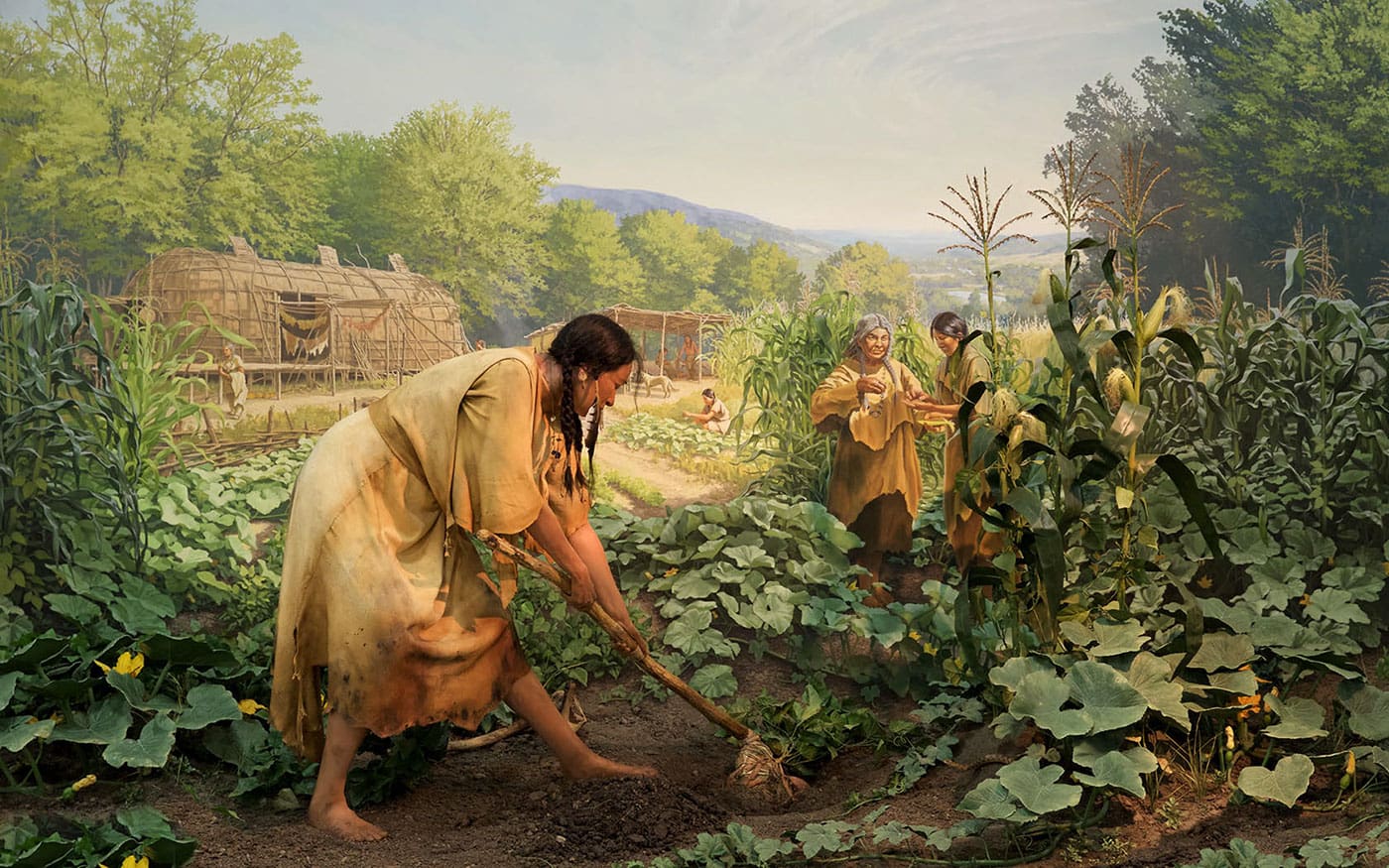
Ancient cultivation has always fascinated historians and archaeologists alike. How did early humans manage to grow crops without modern tools or technology? Ancient farmers relied on their keen observation of nature, trial and error, and sheer ingenuity. They developed techniques that laid the groundwork for modern agriculture. From the fertile crescent of Mesopotamia to the terraces of the Andes, ancient civilizations mastered the art of farming. They used simple tools, irrigation systems, and crop rotation to ensure their survival. These early agricultural practices not only fed populations but also spurred the growth of cities and cultures. Curious about the secrets of ancient cultivation? Let's dig into 22 intriguing facts that highlight the brilliance of our ancestors.
Early Beginnings of Agriculture
Ancient cultivation began thousands of years ago, transforming human societies from nomadic hunter-gatherers to settled agricultural communities. Here are some fascinating facts about the early days of agriculture.
- The Fertile Crescent, located in the Middle East, is often called the "Cradle of Civilization" due to its early development of agriculture.
- Around 10,000 BCE, humans began domesticating plants and animals, marking the start of the Neolithic Revolution.
- Wheat and barley were among the first crops cultivated by ancient farmers.
- The domestication of animals like sheep, goats, and cattle provided a steady source of meat, milk, and labor.
Ancient Farming Techniques
Ancient farmers developed innovative techniques to maximize crop yields and manage their land efficiently. These methods laid the foundation for modern agriculture.
- The ancient Egyptians used a system of irrigation called basin irrigation, which involved flooding fields with water from the Nile River.
- Terracing, a method of creating flat areas on hillsides, was used by the Inca civilization to grow crops in mountainous regions.
- The ancient Chinese practiced crop rotation, alternating different crops in the same field to maintain soil fertility.
- Slash-and-burn agriculture, where land is cleared by cutting and burning vegetation, was used by various ancient cultures to prepare fields for planting.
Tools and Implements
The development of agricultural tools and implements played a crucial role in the success of ancient farming practices. These tools made planting, harvesting, and processing crops more efficient.
- The plow, one of the most important agricultural inventions, was first used in Mesopotamia around 3000 BCE.
- Ancient Egyptians used sickles made of flint or bronze to harvest grain.
- The Romans developed a seed drill, which allowed for more precise planting of seeds.
- Grinding stones, used to process grains into flour, have been found in archaeological sites dating back to 6000 BCE.
Crop Varieties and Innovations
Ancient farmers cultivated a wide variety of crops, many of which are still essential to our diets today. They also developed new plant varieties through selective breeding.
- Maize, or corn, was first domesticated in Mexico around 9000 years ago.
- Rice cultivation began in China around 7000 BCE and spread throughout Asia.
- The ancient Greeks and Romans grew olives and grapes, which were important for producing oil and wine.
- The potato, a staple food in many cultures, was first domesticated in the Andean region of South America.
Impact on Society and Culture
The advent of agriculture had profound effects on ancient societies, influencing everything from social structures to religious practices.
- The surplus of food produced by agriculture allowed for the development of complex societies and the rise of cities.
- Ancient agricultural practices were often closely tied to religious rituals and ceremonies, such as the Egyptian festival of Opet, which celebrated the flooding of the Nile.
- The division of labor in agricultural societies led to the development of specialized professions, such as blacksmiths, potters, and weavers.
- The need for land and resources often led to conflicts and wars between ancient civilizations.
Environmental Impact
Ancient agricultural practices had significant effects on the environment, some of which are still evident today.
- Deforestation, caused by clearing land for farming, led to soil erosion and loss of biodiversity in many ancient regions.
- Irrigation practices, while essential for crop growth, sometimes resulted in salinization of the soil, reducing its fertility over time.
Ancient Cultivation's Lasting Impact
Ancient cultivation techniques have shaped modern agriculture in ways we often overlook. From the terraced fields of the Incas to the crop rotation methods of medieval Europe, these practices laid the groundwork for today's farming innovations. Understanding these historical methods helps us appreciate the ingenuity of early farmers and their contributions to sustainable agriculture.
Irrigation systems from ancient Mesopotamia and the three-field system from medieval Europe are just a couple of examples of how past knowledge continues to influence current agricultural practices. By studying these ancient techniques, we gain valuable insights into sustainable farming, helping us address modern challenges like climate change and food security.
Ancient cultivation isn't just history; it's a living legacy that continues to feed the world. Let's keep learning from the past to build a better future for agriculture.
Was this page helpful?
Our commitment to delivering trustworthy and engaging content is at the heart of what we do. Each fact on our site is contributed by real users like you, bringing a wealth of diverse insights and information. To ensure the highest standards of accuracy and reliability, our dedicated editors meticulously review each submission. This process guarantees that the facts we share are not only fascinating but also credible. Trust in our commitment to quality and authenticity as you explore and learn with us.


